Many years ago I made an art installation consisting of papiermaché shoes with the title: “Committing random acts of kindness” (wherever you go).
We hear this admonishment all the time: “Just be kind!”
Not only that, but the internet is bristling with lofty essays and messages about kindness:
“Kindness costs nothing!”
“Kindness is love in action.”
“Kindness is contagious.” Etc.
Today I am going to take a more critical look at the concept of kindness. Now, before I get cancelled, let me explain that I do believe in kindness. I will listen with compassion to strangers telling me their life story on the bus (or an airplane). I will offer a helping hand when a hand is obviously required. Recent example: a toddler dressed in pink tried to outrun her mother, in a large store with busy London traffic right in front of it. I happened to just walk in through the doors, saw this unfold and caught the little girl by the hood of her pink coat. I said: “You are going back to Mummy!” The mother caught up, in a cold sweat, only five seconds later. She was extremely grateful. A lot can happen to a toddler in five seconds.
When our own three children were aged four and under, I remember asking strangers at airports to take the hand of my eldest son and get him safely down the escalator. Normally I would have both older boys hold one side of the pushchair each, but you cannot do that on an escalator! (Today there seem to be more lifts everywhere!) People never refused and always handed the child back to me as soon as stepped off the escalator with the pram. My eldest son had a bad habit of doing a runner whenever he saw an opportunity. Again, complete strangers returned him to me (even in far-flung places like Panama and Kenya), often with a joke: “He looks just like the other two, so I assume he is yours?” People joked about “Terrible Triplets”. Not just that, lost tigers and teddy bears were also returned to us by strangers in hot pursuit. (Yes, I am well aware of opportunistic paedophiles, but most strangers are kind!)
This is normal stuff. Most people do this. By catching the little girl in the pink coat I fondly remembered all the people who have caught my eldest son by his hood, in his early years. People have done this for me many times, and I happily do this for someone else.
However, kindness also has a dark side. Kindness can be weaponised against us. I was brought up in a Roman Catholic family, surrounded by talk about saints and martyrs. In Dutch we have a word, (jezelf) wegcijferen. This refers to performing a kind of mental maths where you take your own needs out of the equation. You attribute no value to your own needs and wishes (so you set the value of yourself at zero, mathematically speaking) and this means that the needs and demands of others get more space and attention. You make yourself small and unimportant, so they feel big, seen and cared for. I suppose the closest term in English is “self-effacing”, but that term is not an exact match. This habit was drilled into me from birth and it has taken me years (decades!) to dissolve the childhood imprint. I still live with echoes of this.
Here we need to remember that other people benefit HUGELY from us engaging in “wegcijferen” or not maintaining hard boundaries. It means that they get things (attention, assistance, unpaid services) out of us that they would not receive otherwise. Even worse: they then become habituated to expecting those “energy and resource donations” and will (often) make your life hell when you (suddenly) do set a firm boundary. This is why the common advice to “just set boundaries!” doesn’t work very well. More is required, the unravelling of an entire web of unrealistic expectations (and emotional manipulations), updating the image people have of us (and giving some a wide berth in the future).
In social situations I was often the only person who reached out to a person hanging on the fringes (for whatever reason: shyness, poor command of the local language, anxiety issues etc.) My intention was (only) to pull them into the community or group. The reality was that more than a few of these people (with social struggles) interpreted that act as the promise of undying friendship for life and became very demanding or aggressive when I stepped back into my own life and concerns. They felt that something had been “promised” or “given” and then taken away again! And I, in turn, felt that they were trying to make me responsible for solving all of their issues, forever. Or that they were “throwing their full body weight on top of me”, metaphorically and energetically speaking. The expression “You will give them a finger and they will take an arm” comes to mind.
I was forced to become more cautious and scout for that kind of trouble ahead of time. In many ways acts of kindness work better with random strangers, because you will never see them again. It is brief and sweet!
In the year that we got married (so I can date it, it was 1996 and I was 29!) my husband and I made a trip to Barbados. In the evenings there were often street parties with steel bands, under the night sky and swaying palm trees. At one such event there was a young man with Down’s Syndrome, hanging on the fringes of the dancing crowd. Me being me, I thought: I will do one dance with him, so he (too) can go home and say he danced with someone. However, this did not end well. He (understandably, in hindsight) thought that he had got lucky, pulled me close for a shuffle (that I had not at all planned on) and started rubbing himself against me. I did not feel comfortable with this. It took a lot of effort to extract myself but eventually I did, located my husband (who also has “kindness issues” so I am often forced to extract him from social situations where people have “trapped” him and are “talking him to death”). I said: We are done and I want to go back to our hotel! When we get to our room and have privacy, I will tell you what just happened here.
Reflecting on this (nearly 30 years later) I do not blame the young man at all. He has an intellectual disability that makes it harder for him to read social cues. He was there alone; had he been with a family member, I assume that they would have stepped in, seeing his actions and my discomfort. My intentions had been “good and kind” but it did not lead to a good experience. So, ever since, I have been more careful in terms of dancing (and generally interacting at close quarters) with complete strangers, in dark noisy places where alcohol flows. BUT, you know, I still feel frustration when I think of it: I was just trying to be kind… I did not foresee this outcome. I was trying to model, or even embody, the principle of inclusion (long before it became a buzzword).
On a societal level it does need pointing out that narcissists and psychopaths (even street criminals) often use our kindness (or politeness) against us. While we are trying to be decent individuals, they read our kindness as a balance sheet of opportunities for them. The notorious serial killer Ted Bundy would feign injuries and abduct young women who literally gave him a helping hand or arm.
The statistics are hard to come by (because different researchers use different definitions and categories). Here is the best I could do:
6.1 % of people have a diagnosed personality disorder (organised into Clusters A, B and C), according to the DSM-5 (the Diagnostic and Statistical Manual of Mental Disorders, edition #5).
On top of that we have high-functioning (high-masking) and covert narcissists (who make the lives of other people a nightmare but are rarely arrested, perhaps only if severe coercive control occurs but prosecuting that is a very new phenomenon in the courts).
It is estimated that about 50% of criminals fall into (my) Category #1 (anti-social personality disorder) but that means 50% fall outside it and make up a separate percentage of their own in society.
Then we have opportunistic criminals and paedophiles (people who act only if the opportunity is offered on a “golden platter”, as it were) and they can’t resist the temptation.
Mathematicians feel free to correct me, but the general figure seems to clock in at 10 - 20% of people readily doing bad things under certain circumstances. That levels out at us regular “kind or decent” citizens being able to trust about 85% of people around us, most of the time. In some inner city situations (dodgy big city neighbourhoods at night) that figure would be much lower. In a small and familiar rural setting (or village), the number might be much higher.
The cliché of the bank robber helping an old lady cross the street before committing his crime may have some illustrative value here. Or the (ageing) serial killer who chats to his neighbours about gardening and is perceived as a kind elderly man (the Golden Gate Killer fitted this profile).
So… KINDNESS…
Do I still believe in kindness? Absolutely!
Do I (choose to) believe that most people I encounter are kind or benevolent? Yes!
Do I still extend kindness (which can also be read as naiveness or “being up for it” in certain scenarios) in every possible direction? No!
Past experiences have only added more “markers” (or variables) to the complex everyday situations I “read” (that we all read!) and I have definitely learned to err on the side of caution. I use my intuition and gut instinct, but I also extrapolate. A man once approached me, on a busy London Street, and asked me to help him unlock a door to a building (the “house of a friend that he was staying with”). As a local, maybe I could make the key work? I immediately had an image of him pushing me into the building and locking the door behind us.
I still gave the wrong answer. I said: “No, I am collecting my children from school and I am already running late!” WRONG! He could have waited to intercept me on the way home again (though I walked home, with my three children, an alternative route that day). Instead I should have said: “No, my husband is waiting for me and I am already a few minutes late!” That would have sent him the message that my movements were being monitored. And that would have made me a “less attractive victim” because the alarm would be raised very soon indeed. (And my husband would have known the exact route I was walking, and at what time. In fact, as the “emergency contact”, the school would call him if I failed to show up at the school gate).
Oh, but let me just add for balance, that a year ago my husband and I were checking into a hotel room (in Colorado, US) “after hours”, in the pitch dark. The lock simply would not yield and eventually our “downstairs neighbour”, a young man on a long-term stay, came out and solved the situation by calling the landlord (on his personal cell phone) for instructions (regarding where the spare key was kept). So… not being able to open a door can be a genuine problem, requiring assistance from a stranger with the local knowledge!
And yes, it is dreadful that we even need to think like this, but we all need to be vigilant and always have a part of our mind reading all risks (obvious and not so obvious) in our surroundings. Everyone does this, but women more acutely so than men. (In the UK, the murder of Sarah Everard in 2021 really flushed out the “lived experiences” of women, in terms of safety on the streets of London at night).
So: “Just be kind!” ?
YES to kindness, but not at all cost and not in all conceivable scenarios.
And not on demand. Not if it puts me in a vulnerable position or breaks a hard boundary I have agreed on with myself.
And it certainly doesn’t mean offering professional services free of charge, as demanded by complete strangers (a never-ending theme in my life).
Those were some reflections. Now please tell me about your experiences with kindness, in the comments section.
I try (but sometimes fail) to get out at least one essay a week (sometimes more), due to travel, international teaching commitments and family care responsibilities (our family lives with Alzheimer’s and I have written several posts about that). If you would like to see regular posts about about Nordic spirituality and my life as a Forest Witch (and of course short videos of all the wildlife here!), please follow me on Instagram or Facebook, thank you! All artwork and photographs shared in my posts are my own, unless explicitly credited to a different source.
Imelda Almqvist, Forest Witch, Sweden
BIO FOR IMELDA ALMQVIST
Imelda Almqvist is an international teacher of Sacred Art and Seiðr/Old Norse Traditions (the ancestral wisdom teachings of Northern Europe). So far she has written four non-fiction books and two picture books for children. Natural Born Shamans: A Spiritual Toolkit for Life (Using shamanism creatively with young people of all ages) in 2016, Sacred Art: A Hollow Bone for Spirit (Where Art Meets Shamanism) in 2019, Medicine of the Imagination - Dwelling in Possibility (an impassioned plea for fearless imagination) in 2020 and North Sea Water In My Veins (The Pre-Christian spirituality of the Low Countries) was published in June 2022.
The Green Bear is a series of picture book for children, aged 3 – 8 years. The stories and vibrant artwork, set in Scandinavia, invite children to explore enchanting parallel worlds and to keep their sense of magic alive as they grow up.
Imelda has presented her work on both The Shift Network and Sounds True. She appears in a TV program, titled Ice Age Shaman, made for the Smithsonian Museum, in the series Mystic Britain, talking about Mesolithic arctic deer shamanism.
Imelda currently has a handbook for rune magicians (about the runes of the Elder Futhark) in production (it will be published by Moon Books in 2026). She is now working on a book about Inuit deities and mythology. Imelda runs an on-line school called Pregnant Hag Teachings, where all classes she teaches remain available as recordings, which can be watched any time.
Website:
http://www.shaman-healer-painter.co.uk/
YouTube Channel: youtube.com/user/imeldaalmqvist
Online School: https://pregnant-hag-teachings.teachable.com/courses/
Facebook: https://www.facebook.com/imelda.almqvist/
Instagram: https://www.instagram.com/almqvistimelda/

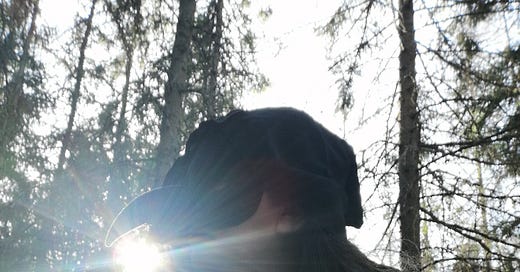



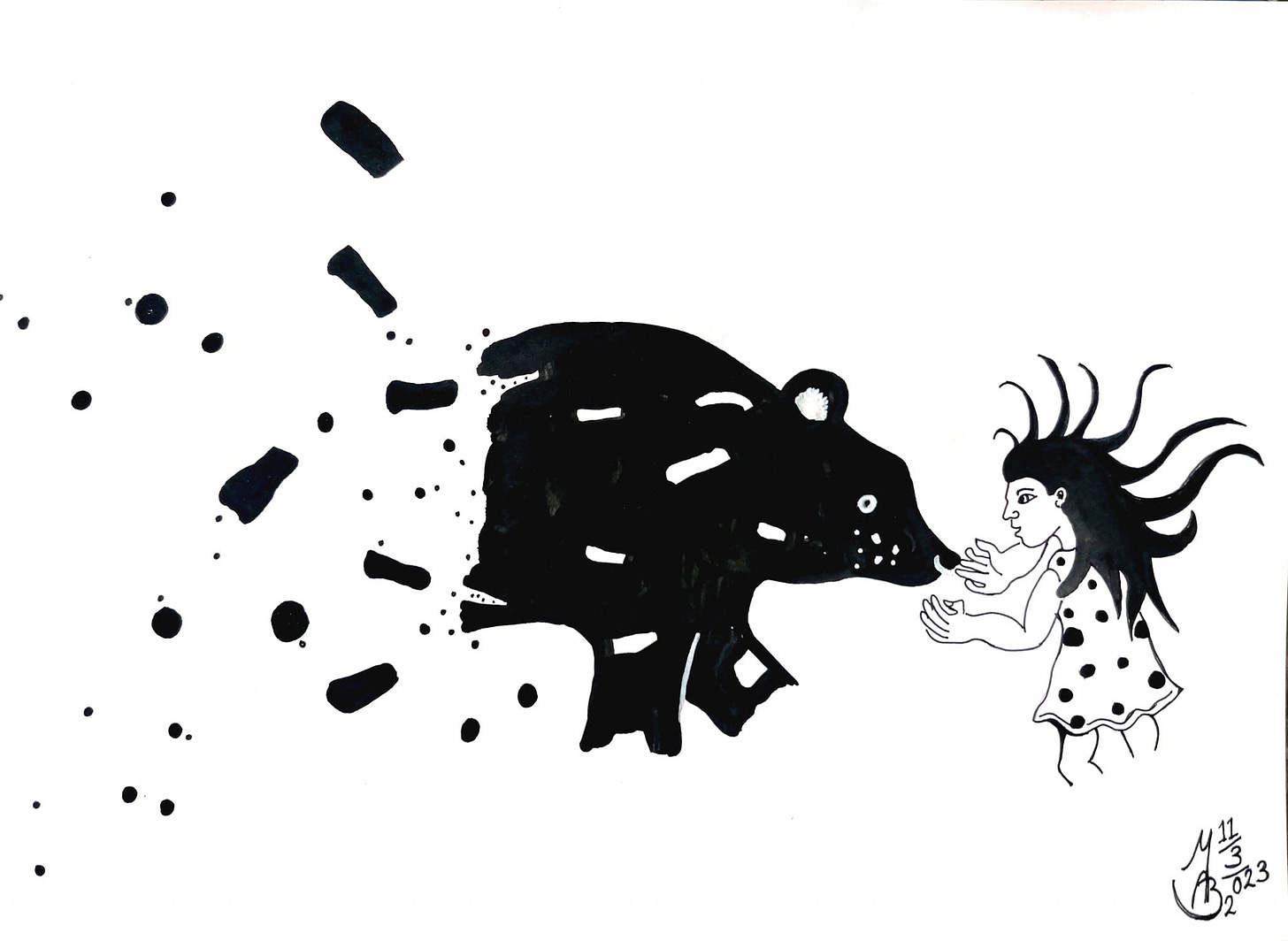
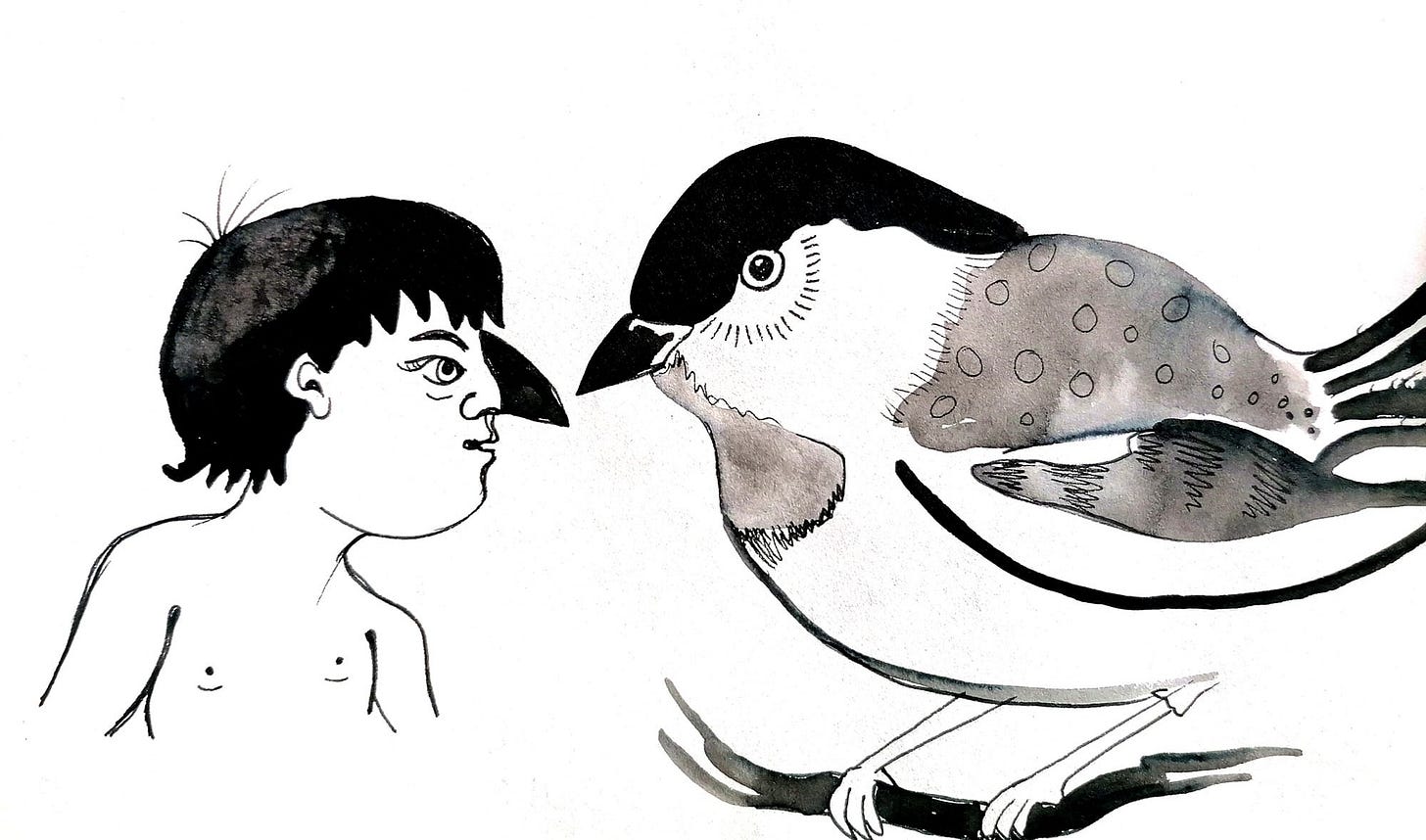
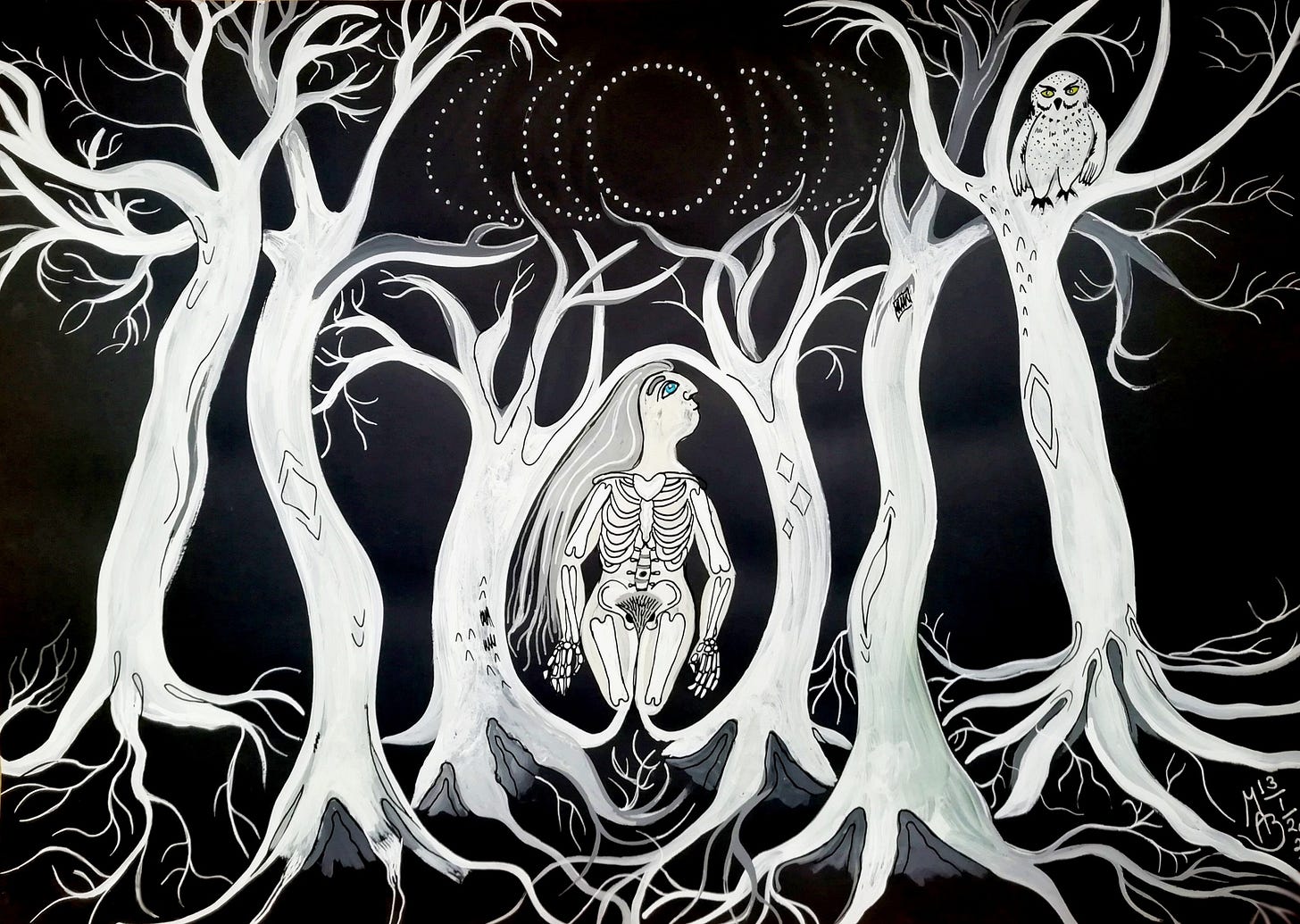
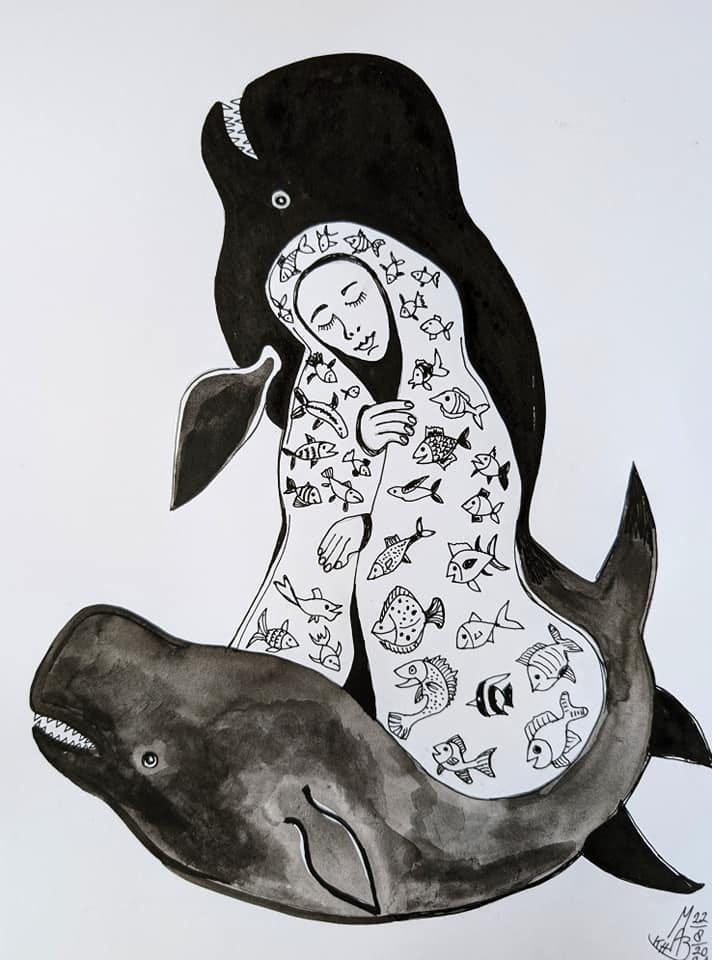
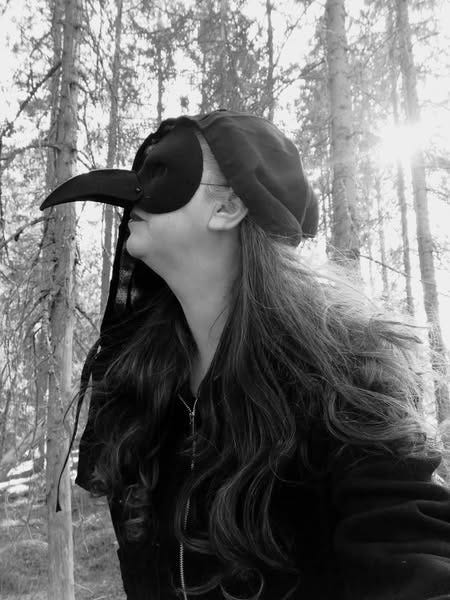
This article went a little different direction than I expected. Good one. I immediately went to the contentious political divides in the U.S. where I live, which tragically, have reached into neighborhoods and families. Still the same conclusion: use discernment in the deployment of kindness. When kindness and respect turn you into a doormat, time to grow some spikes.
I've also learned that what I once deemed kindness and care in some friends (and maybe myself) is actually a fawning trauma response, with a side order of manipulation. (How can I refuse this wonderful human any request?) When I figured that out, it explained why so many interactions were delightful, supportive, and KIND on script, but felt OFF in some way that I couldn't quite name. I thought, I'm just not as good a person as this one.
On a personal note, I have been the recipient of so much kindness throughout my life, I can only hope I've paid it forward. One time that stands out was 40 years ago, in Staten Island, NY. I zipped down to the local deli to pick up supplies for supper, driving the old station wagon. When I got back to the car, it wouldn't start. I was stuck, exhausted with a hungry family at home.
A raggedy dirty man, looked homeless, walked by, and tapped on my car hood. Let me see what's happening? I was scared, but followed an instinct to unlock the hood. He touched something on the engine, said start her up. The engine roared to life. He closed the hood, saluted and walked away. Kindness of a stranger, or an angel? I believed all these years in the angel.
Hi, Interested to learn that you have a Dutch origin - I do too but am no longer so familiar with the language. Totally agree with your take on kindness - it can cut both ways and create dependance as well as encouraging bullying - something I have found out very early on. One problematic outcome being excessively untrusting and defensive as a result, so that getting close to another is very difficult, leading to isolation..